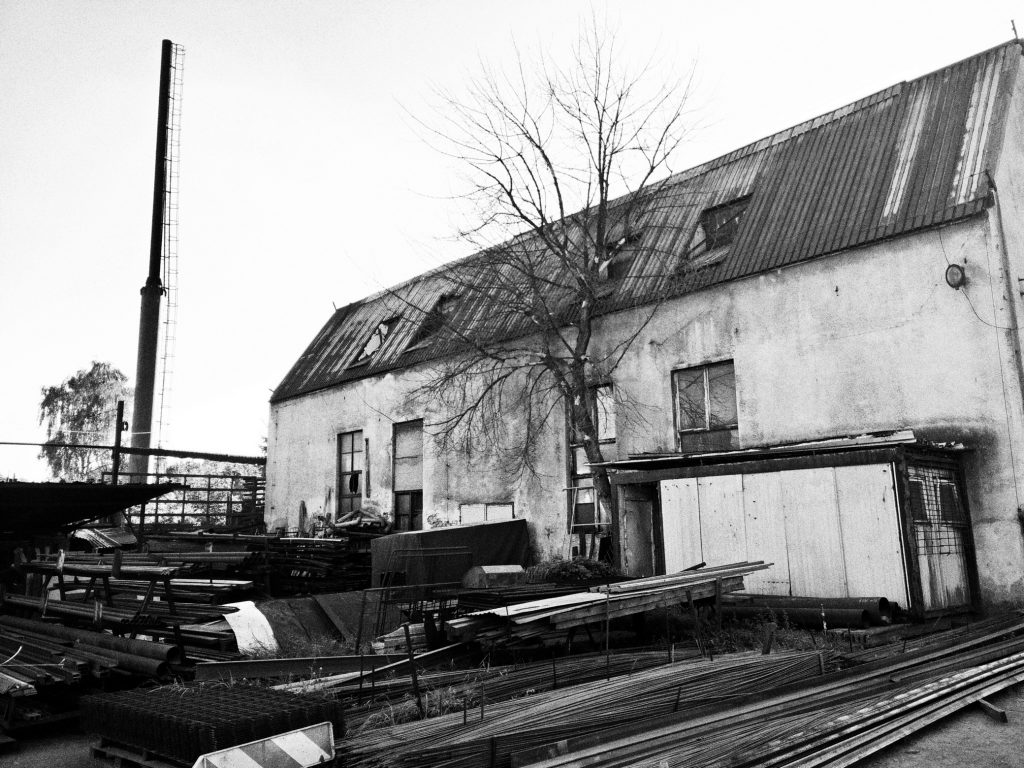
The glassworks was established at the turn of 1935 in Staszic (a district of Dąbrowa Górnicza), at 23 Staszica Street, by the Bajer brothers: Wacław, Florian and Jan.
One of the bottles produced at that time were two types of half-litre brown bottles of Okocim with a barrel. On the bottoms of the bottles there was an inscription “STASZIC” DĄBROWA GÓR. The Porter from Żywiec only has the inscription “STASZIC”. The war only interrupted production for a week.
On the basis of the decision of the Minister of Industry and Trade of 14 June 1948 the glassworks was nationalised. Between 1947 and 1948 the plant supplied sodium silicate to the chemical industry. Machines from before the war were used, and only in 1951 were a transformer station, glass tempering kiln hall and a new annealing machine built, which significantly improved the work and quality of products.
The main product was still bottles, but after modernisation (1955/56) the production of glass demijohns for wine was systematically increased. In the following years the glassworks was expanded and technologically developed. As the only plant in the country, “Staszic” specialised in the production of glass demijohns with capacities from 5 to 60 litres.
In 1979, the “Staszic” Glassworks was incorporated into the Ząbkowice Household Glassworks. In the mid-1970s, thanks to the designs of Ludwik Fiedorowicz, the glassworks specialised in the production of glass jugs, vases, amphorae, bowls and other vessels of similar shapes. Custom-made glasses were also manufactured. A characteristic feature of “Staszic” products was their ruby colour, but green, white and blue vessels were also produced. The products were signed with a black square on a silver background, with a double silver letter “Z” and the signature Ząbkowice.
Due to unprofitable production and increasing debt, at the end of 1992 the works was put up for sale and sold at the third site auction.
Designers associated with the glassworks: Ludwik Fiedorowicz, Ryszard Serwicki
